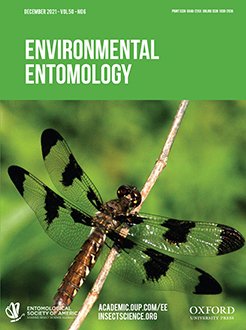Woody debris left after timber harvest may be used to produce bioenergy. This will help reduce reliance on nonrenewable fossil fuels. There are ecological impacts to the use of this woody material as many species use coarse woody debris for food and shelter. An understanding of how the removal of woody biomass after forest harvest changes the functional diversity of forest communities is needed to make sustainable management decisions. Many longhorned beetles (Coleoptera: Cerambycidae) provide ecosystem services by reducing woody debris in forests and pollinating flowering plants including trees. I used a taxonomically and functionally diverse community of longhorned beetles to examine changes to functional diversity following different levels of biomass removal in a secondary forest in south-central Indiana, USA.The functional diversity was measured prior to forest harvest and biomass removal and for 2 yr after treatment. I predicted that the abundance and functional group richness of the longhorned beetles would correlate positively with the volume of woody biomass left on the site, and that the community would show resilience by returning to the functional portfolio that was in place in the pre-harvest communities and occurred in the control. The abundance and functional group richness increased with more woody debris left on site.There was much variance in the trajectory of the community following harvest, with no clear trend toward pre-harvest functional portfolio that would indicate resilience. A 3-yr study is likely not long enough to capture this resilience, especially on sensitive sites.
How to translate text using browser tools
16 September 2021
Longhorned Beetle Functional Diversity in Response to Biomass Harvesting
Jeffrey D. Holland
ACCESS THE FULL ARTICLE
It is not available for individual sale.
This article is only available to subscribers.
It is not available for individual sale.
It is not available for individual sale.

Environmental Entomology
Vol. 50 • No. 6
December 2021
Vol. 50 • No. 6
December 2021
Bioenergy
Cerambycidae
coarse woody debris
deadwood
ecological community
forest biodiversity




